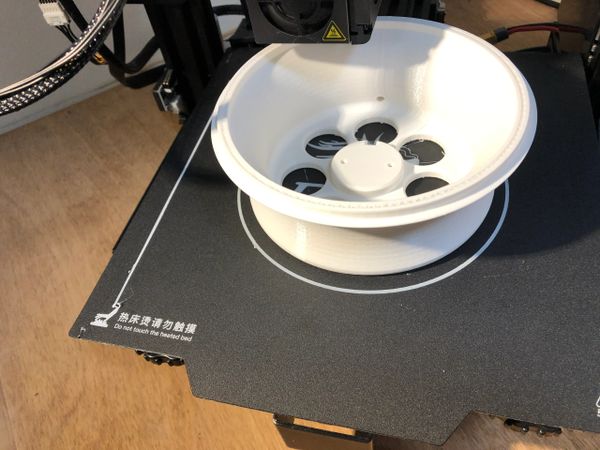Lithophane lamp





I wanted to make some lithophane lamps for Christmas presents, but could not find a lamp or base that suited me so I designed this one. At the heart of this is the free lithophane maker found at https://lithophanemaker.com/Lamp%20Lithophane.html . It converts 4 of your photos into a lampshade with your given parameters. Mine are all printed in HatchBox White PLA and with any PLA you need to ensure only LED lights are used so the heat generation is minimal. Here are the steps to creating a one of a kind lamp as well as the parts used. As always the downloadable files are at the bottom of page as well as Amazon links to purchase. See it on Thingiverse!
Instructions
Print your lampshade
- Pick out 4 of your favorite photos. I used photos taken from various iPhones, none of which are newer than an iPhone 8. Use 4 photos that are either portrait or landscape or crop them to be similar in height.
- Head to https://lithophanemaker.com/Lamp%20Lithophane.html and modify the settings with mine found in photo at right or .docx file below. Upload your photos. You can play with the Height control by Forcing Height to adjust the way your photos appear or if the cropping looks off.
- Create STL with buttton on bottom of page. If you create a free account it will save your settings for next time you need another shade.
- Slice your STL with your proven lithophane settings and print. I have always used HatchBox White PLA and know it produces good results. Mine took 50-70 hours to print with a .1MM layer height and 25mm/s speed. Before these long prints I typically replace the brass nozzle, they are cheap.
Print Base
Using the Lithophane Base STL below slice and print the base. I again used White HatchBox PLA so the base would match the print, I want to try some stain-able wood PLA on this base but have not had time yet. I printed at .16MM line height and 15% infill with a lines pattern on the infill, It is best printed with the bottom on the bed and no supports are needed. I do "user specify" the z seam to directly above the electrical cord hole in the base. Since there are no corners in this print it looks cleanest with the seam in the back of the lamp. These take me about 18 hours to print.
Lithophane Base
Print electrical cap
This cap is needed to cover the electrical connections and provides a clean finished look to the inside of the lamp. I printed this with the closed end down, again no supports needed.

Electrical Cap
Assemble the base
Insert the electrical cord bare end through the small hole in base, tie a loose knot in it that will be adjusted later. Attach the bare electrical leads to the screws on the E12 base. Carefully line up the slot in the cap to base slot, this slot allows the cord to route under the cap. Using 2 of the #6 screws line everything up and thread them into the base, The base is pre-threaded. take care to ensure the wiring is carefully routed under cap so it is not pinched. Gently tighten screws to secure everything in place. Adjust knot in electrical cord to ensure there is no stress put on the electrical connections if the cable is inadvertently pulled. I used 3 clear rubber bumper pads on the bottom of the base, this keeps the base from sliding around and provides a small air gap to allow natural convection to vent any heat from the lamp. It is now time to install the bulb, again only used LED bulbs on these lamps, any others will generate too much heat. I first chose the 40 watt equivalent 4 watt LED bulbs but found them too bright. I switched to 20 watt equivalent (2 watt) bulbs and they provided a much more fitting light output.
assembly photos










Enjoy your new lamp
Copyright © 2019-2025 AZJAKE - All Rights Reserved.
Cookie Policy
This website uses cookies. By continuing to use this site, you accept our use of cookies.